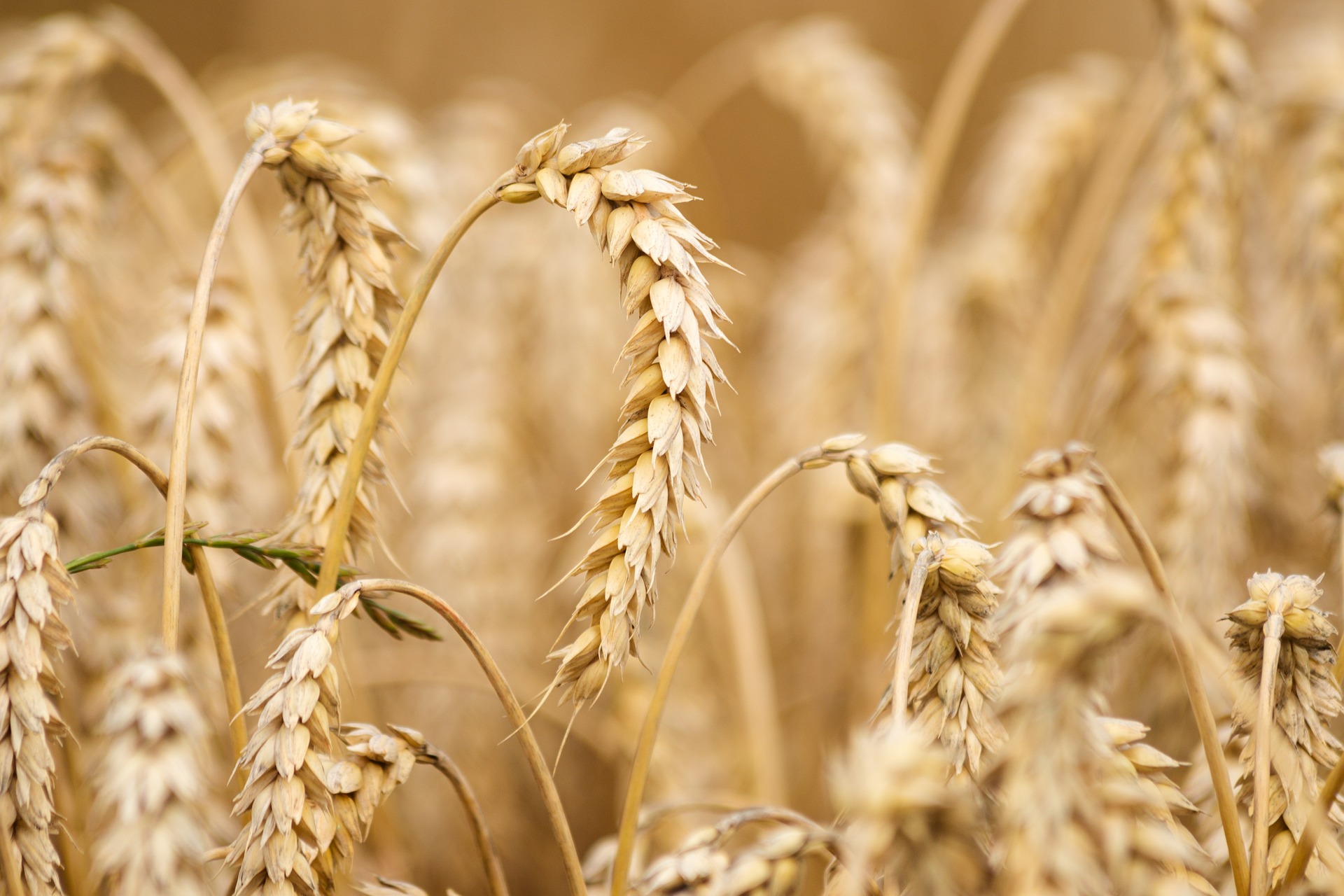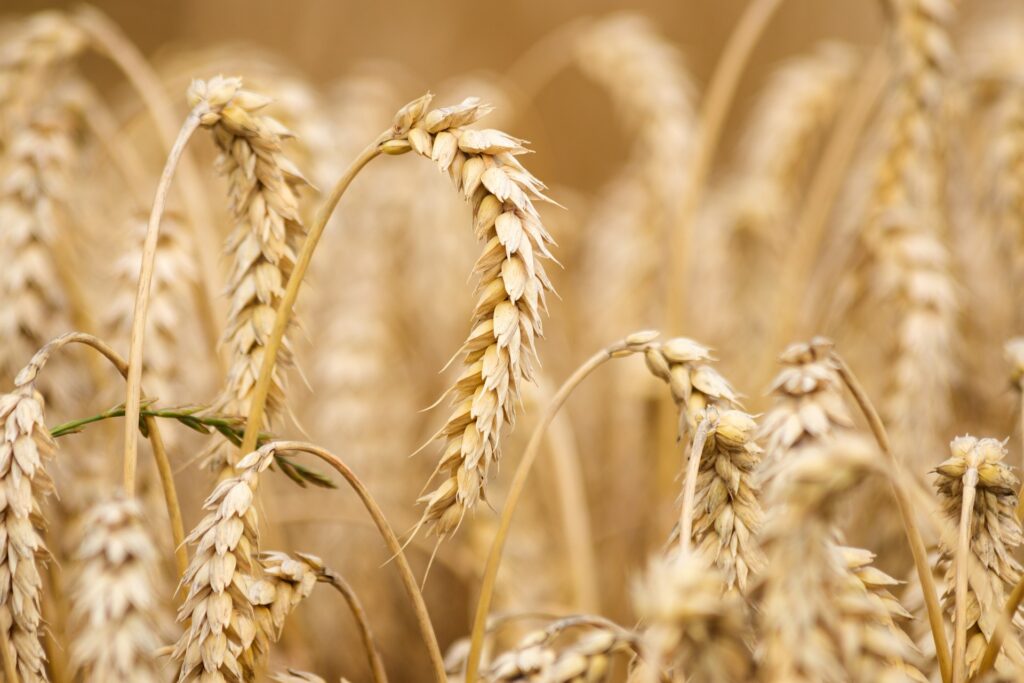
Image: Pixabay
Australia with a smaller harvest is a likely scenario.
Taking into account that el niño tends to increase the occurrence of rain from now on, it is possible that it will cause changes in wheat production. According to TF Agroeconomic, the next 40 days will be crucial for a more detailed assessment to be made of the Brazilian wheat outlook.
{module Form RD}
“When we see that El Niño tends to increase the probability of rain in the Brazilian wheat harvest, we can assume a very likely scenario of a full harvest in Argentina and a possible problem with rain in the Brazilian harvest and perhaps even drought during the harvest, reducing productivity. Australia with a smaller harvest is a likely scenario under an effective El Niño. It may be interesting to evaluate in 40 days after the end of May and have more facts and data about El Niño”, he comments.
The consultancy cited an article published in The Convesation, written by Paloma Trascasa-Castro is a PhD student in Climate Science at the Barcelona Supercomputing Center, at the University of Leeds, in England. “During an El Niño, the ocean transfers some of this excess heat and moisture to the atmosphere, like when you cook pasta and your kitchen fills with steam. In addition to the global warming trend, a strong El Niño could add up to 0.2°C to Earth's average temperature. The hottest year on record was 2016, during a particularly strong El Niño,” she said.
“During El Niño events, decreased precipitation and increased temperatures in Colombia were associated with outbreaks of insect-borne diseases such as malaria and dengue fever. Warmer temperatures during El Niño increase the rates at which mosquitoes breed and bite. Elsewhere during an El Niño, the Amazon Rainforest dries out and vegetation growth slows so that less CO2 is absorbed from the atmosphere, a trend repeated in the tropical forests of Africa, India and Australia,” he concludes.
Source: Leonardo Gottems | agrolink













